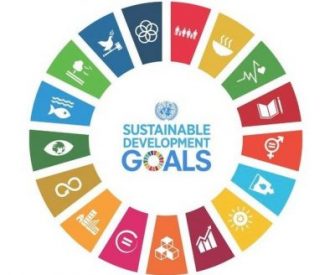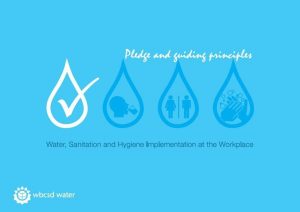Primary Functions
- Aid progress towards global top priorities by helping businesses improve their reporting and performance on the SDGs
Detailed Description
In 2015, with the 2030 Agenda for Sustainable Development, the world’s leaders set out on an ambitious path to end poverty, fight inequality and injustice, and protect the planet. The Member States of the United Nations unanimously agreed upon the 17 Sustainable Development Goals (SDGs), making them the world’s agenda for sustainable development. The SDGs provide a coherent, holistic, integrated framework for addressing the world’s most urgent sustainability challenges and creating a better future for all. The success of the agenda will be based on collaborative efforts by all parties in society, including businesses. We are at a key moment in the evolution of sustainability. The SDGs have enormous potential to drive corporate action and reporting. With transparency becoming the new paradigm for conducting business, this is the moment to take sustainability reporting to the next level and show the impact of business on the world’s top priorities. This publication “An Analysis of the Goals and Targets” (hereafter: “Analysis”) aims to aid progress towards these global top priorities by helping businesses large or small, all over the world, improve their reporting and performance on the SDGs.
This Analysis is an inventory of possible disclosures per SDG, at the level of the 169 targets. To facilitate transparency, a set of disclosures were developed – both qualitative and quantitative – based on globally accepted disclosure frameworks for business. Any business can use these disclosures to report on their efforts towards achieving the SDGs. And greater transparency leads to better performance. To aid understanding, these disclosures are linked to an illustrative menu of potential actions business can take to contribute to the SDGs. In cases where there are no relevant disclosures for particular targets, the Analysis highlights these gaps, signaling areas where new disclosures need to be developed in the future. As such, this Analysis is the first step towards the greater ambition to develop a harmonized set of disclosures for businesses to report on the SDGs.
This Analysis is primarily intended to be used in combination with the document “A Practical Guide to Defining Priorities and Reporting” (hereafter: “Practical Guide”). This second publication takes the SDG Compass as a starting point and offers a structured approach to help companies choose which targets to report on and how to use their reporting to drive action. The Analysis and the Practical Guide are meant to be used together as part of a company’s regular reporting cycle. Companies can use them to disclose their impacts on and contributions to the SDGs, for example through reporting according to the GRI Sustainability Reporting Standards (GRI Standards) and/or the Communication on Progress (COP) on the UN Global Compact Ten Principles and the SDGs. Both the Analysis and the Practical Guide are anchored in current reporting processes, and do not create new norms or standards. They build on earlier work, in particular the SDG Compass, developed by the UN Global Compact, GRI and the World Business Council for Sustainable Development (WBCSD).






Reviews
There are no reviews yet.